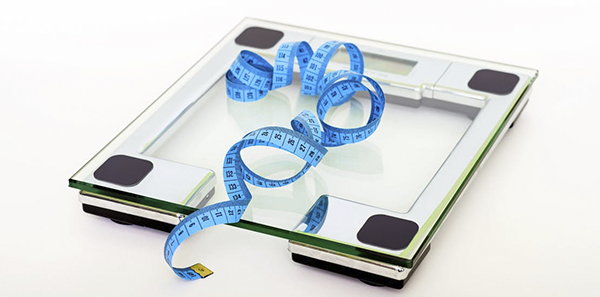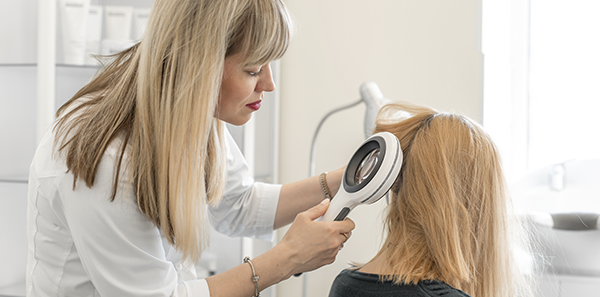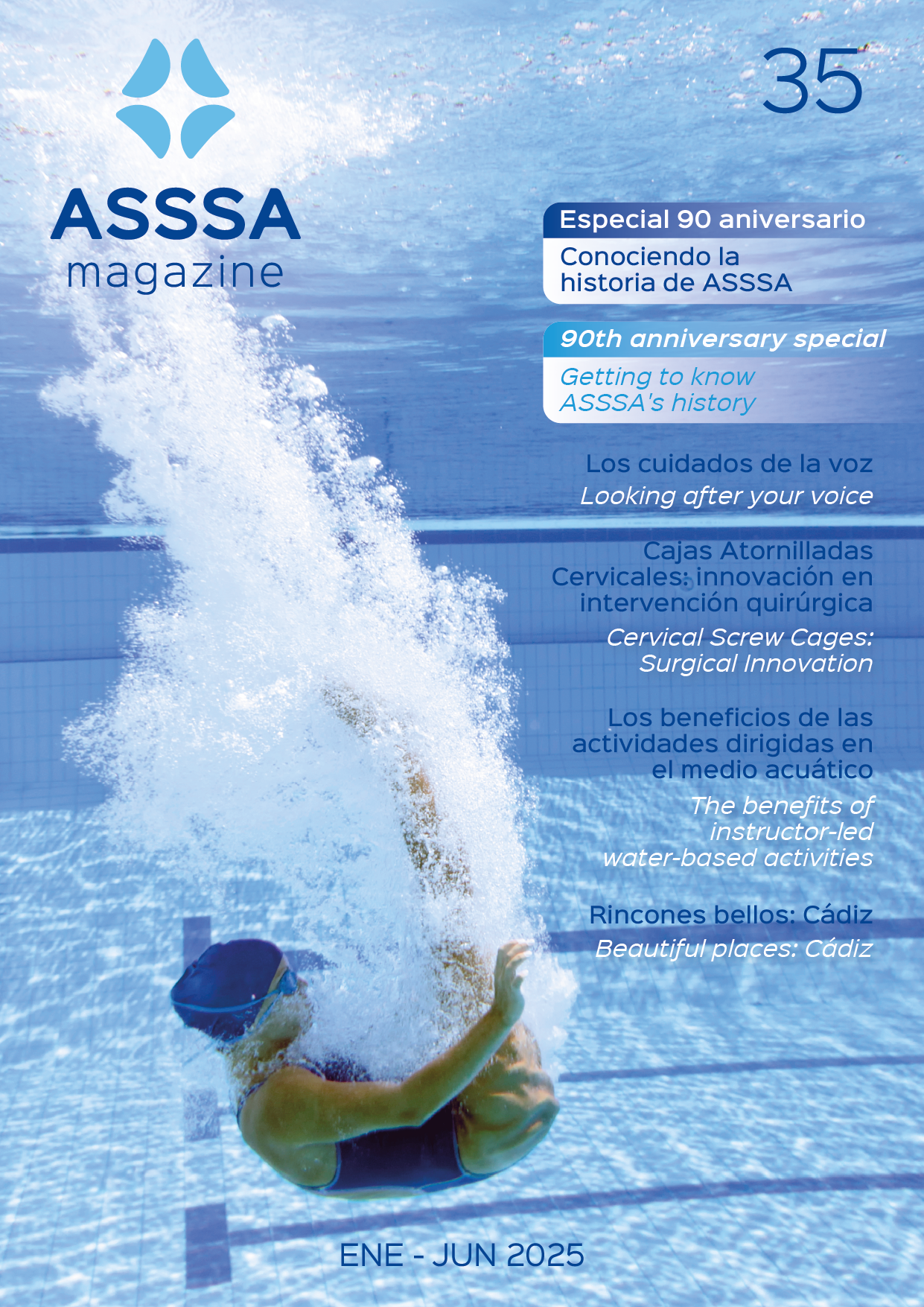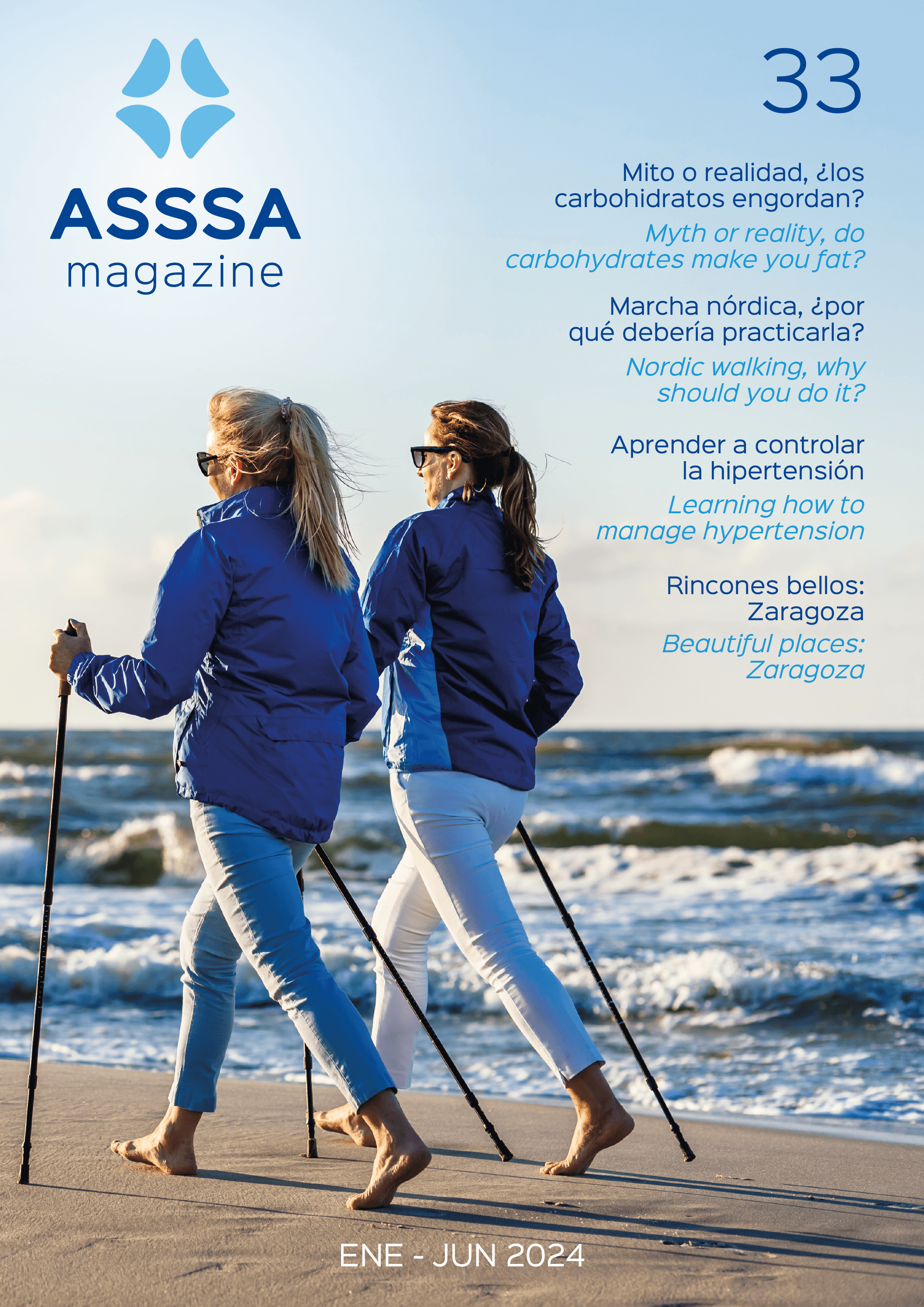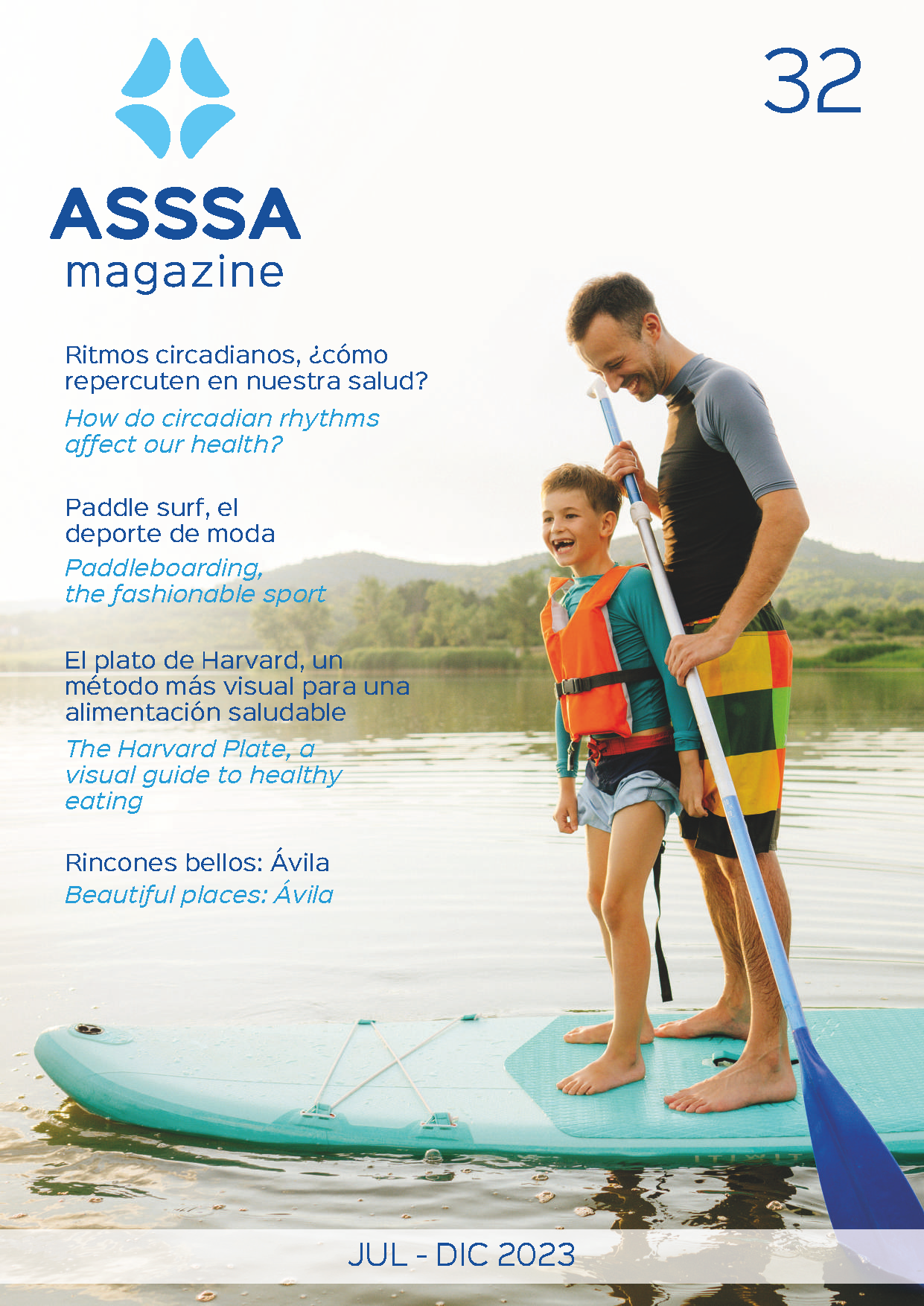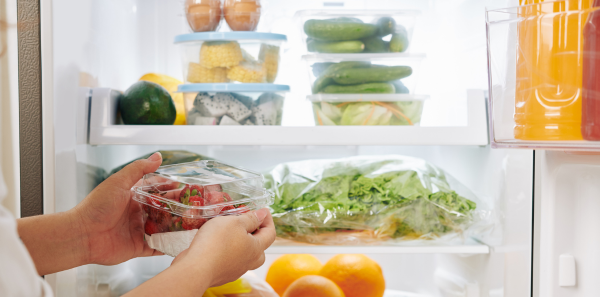
Each one of us throws away more than 25 kilos of food a year. According to the OCU (Organisation of Consumers and Users), this is due to lack of knowledge about how to store food properly.
Knowing how to store and consume food prevents you from getting food poisoning, benefits the environment and saves money. So here are some key factors.
Keep a tidy fridge
Do you know where to put each type of food in the fridge? Did you know that each product has a different place? This is because of cold distribution.
- Top shelves and door: drinks, sauces, milk and eggs, as they need less cold.
- Middle shelves: dairy products (yogurts, cheese) and sausages.
- Bottom shelves: fresh produce (meat and fish).
- Drawers: fruits and vegetables, as this avoids cross-contamination with other foods.
The longer the fridge door is open, the more the temperature will rise, making storage less effective.
Correct storage
You should follow correct storage guidelines to keep food fresh and not spoil it. Here are a few recommendations:
- Check the recommended use-by date (which refers to the quality of the food) or the expiry date.
- Refrigerate or freeze perishable foods immediately. Foods that require refrigeration should be placed in the fridge as soon as you get them home so as not to break the cold chain.
- Freeze food while it’s as fresh as possible.
- Never refreeze. If frozen food has been cooked, it can be refrozen in this new state.
- Do not leave cooked food at room temperature for more than 2 hours.
- Consume leftovers within 2-3 days.
- Don’t overfill fridge shelves so air is allowed to circulate freely and products are chilled on all sides.
- Follow the instructions on food labels. Many foods, like sauces, should be kept cold or under specific conditions.
- Keep the fridge temperature below 5ºC and the freezer at -18ºC.
- Store raw meat and fish in sealed containers so they don’t spread microbes to other foods.
- Wash fruits and vegetables with water before storing them, if possible, in separate closed containers and check if any are starting to rot so you can dispose of them and not contaminate the rest.
- Note the date on food that’s going to be frozen for a long time.
It’s also essential to follow good hygiene practices like washing hands before and after handling food, keeping surfaces clean and separating raw food from food that’s ready to eat.



